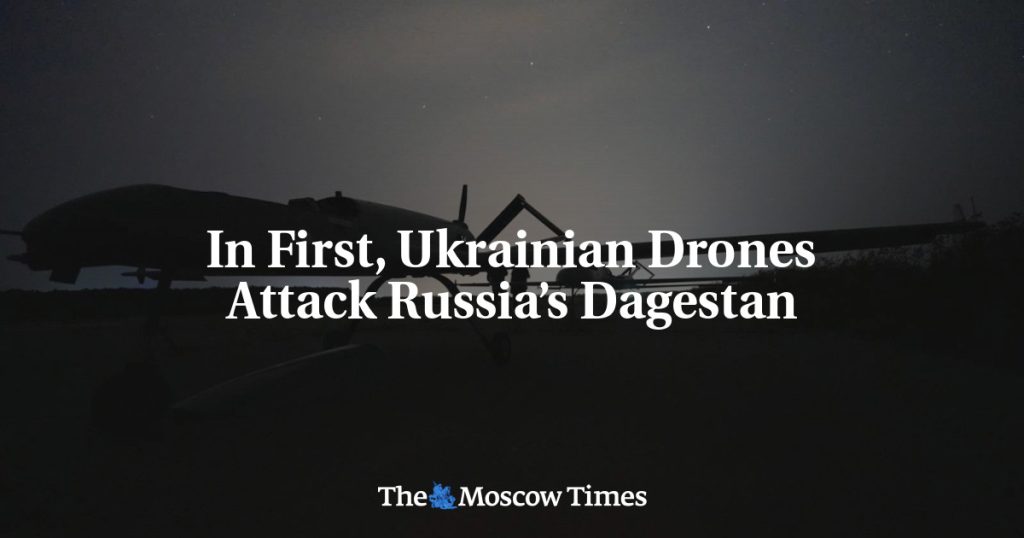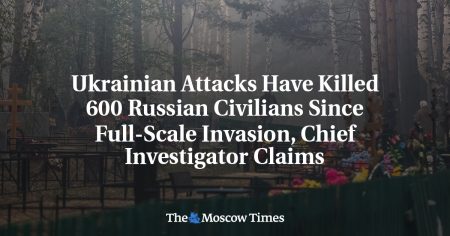A series of drone attacks targeted the North Caucasus republic of Dagestan, marking the first such attack on the region since Russia’s full-scale invasion of Ukraine. The head of Dagestan, Sergei Melikov, announced that air defense forces successfully destroyed an unmanned aerial vehicle over the city of Kaspiysk. Despite his warnings against sharing videos and photos of the attack, social media platforms were flooded with footage depicting the flights and downing of multiple drones over Kaspiysk. Baza, a Telegram channel linked to Russia’s security services, reported that a total of four drones had targeted the city, resulting in a 16-year-old girl being hospitalized with shrapnel wounds.
Videos published by the independent Telegram news channel Astra suggested that one of the drones exploded over the garrison of the Russian Navy’s Caspian Flotilla, further escalating tensions in the region. While Russia’s Defense Ministry acknowledged the destruction of two drones over other regions, it did not immediately comment on the attacks in Dagestan. The situation remains tense as authorities investigate the motives behind the drone attacks and the extent of the damage caused. The use of drones in this manner highlights a new phase in modern warfare, where unmanned aerial vehicles can be deployed effectively in remote or difficult-to-reach areas.
The attacks on Dagestan come amidst ongoing tensions in the region following Russia’s invasion of Ukraine, with concerns growing about the potential for further escalations. The use of drones to target military installations and civilian areas raises questions about the effectiveness of air defense systems and the vulnerability of populated regions to such attacks. As the conflict continues to evolve, it is essential for authorities to assess the security risks posed by these new forms of warfare and develop strategies to mitigate them. The situation in Dagestan serves as a stark reminder of the changing nature of conflicts in the modern world, where technology plays a key role in shaping the battlefield.
The involvement of drones in the recent attacks underscores the need for enhanced surveillance and counter-drone measures to protect critical infrastructure and civilian populations. As countries around the world grapple with the challenges posed by unmanned aerial vehicles, it is crucial to invest in advanced technologies and training to address this emerging threat effectively. The incidents in Dagestan highlight the importance of proactive defense strategies and international cooperation to address the evolving security landscape. By acknowledging the potential risks posed by drone attacks, governments can work towards enhancing their defense capabilities and safeguarding their territories from future incursions.
As the investigation into the drone attacks in Dagestan unfolds, it is essential for authorities to assess the implications of these incidents on regional security and stability. The use of drones to target military installations and civilian areas raises concerns about the vulnerability of populated regions to unconventional warfare tactics. By analyzing the events in Dagestan, policymakers can gain valuable insights into the changing nature of conflicts in the modern era and develop strategies to counter emerging threats effectively. The international community must work together to address the challenges posed by unmanned aerial vehicles and ensure the protection of civilians and critical infrastructure from future attacks.















